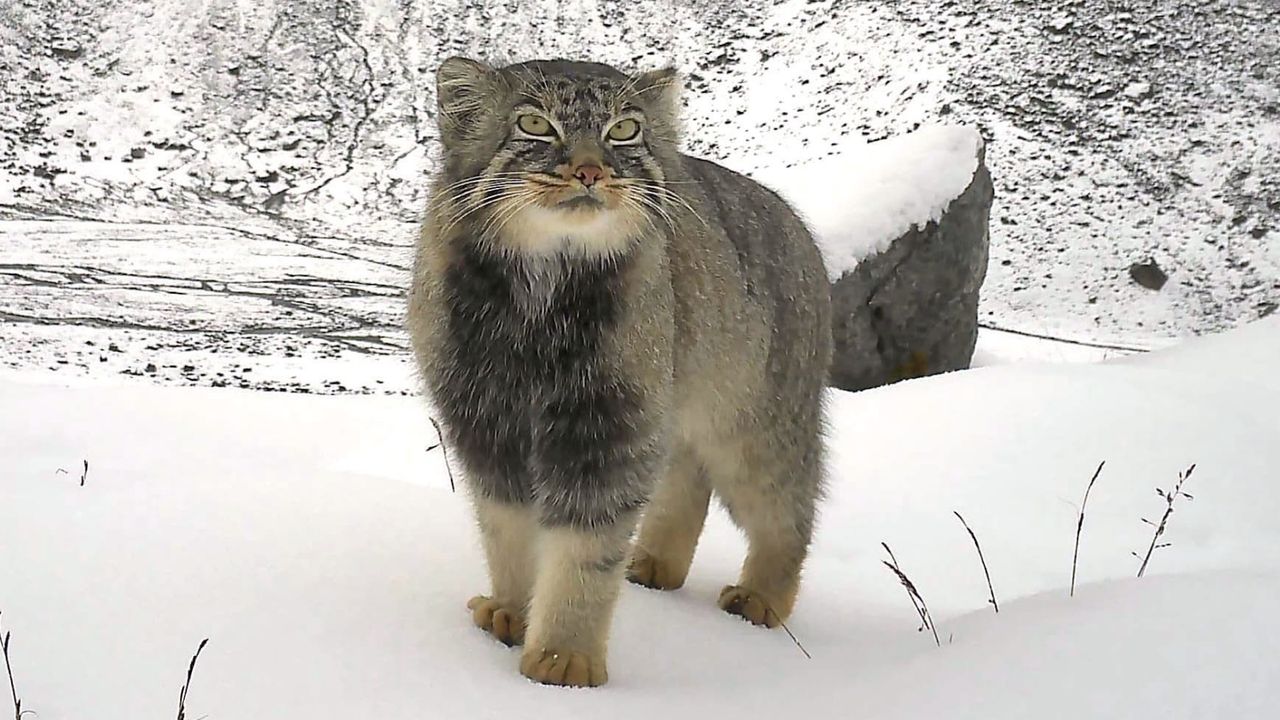Now Reading: Rare Pallas’s Cat Captured in Eastern Himalayas via Camera Trap
-
01
Rare Pallas’s Cat Captured in Eastern Himalayas via Camera Trap
Rare Pallas’s Cat Captured in Eastern Himalayas via Camera Trap

### Fast Summary
– The elusive Pallas’s cat (Otocolobus manul) has been photographed for the first time in Arunachal Pradesh, india, by WWF-India using camera traps.
– This marks a important expansion of the known range of Pallas’s cat within the eastern Himalayas. Previously documented sightings were limited to areas like Sikkim, Bhutan, and eastern Nepal.
– The survey spanned 770 square miles (2,000 km²) over rugged terrain at altitudes above 13,000 feet (4,000 m), lasting over eight months under freezing temperatures.
– The image captures the cat at an elevation of 16,400 feet (4,992 m),showcasing its snowy high-altitude habitat.- pallas’s cats are ambush predators known for their compact size and thick fur. they adapt to brutal cold by standing on their bushy tails to insulate their paws from frozen ground.
– Additional survey findings revealed five other wild cat species: snow leopards (Panthera uncia), common leopards (Panthera pardus), clouded leopards (Neofelis nebulosa), leopard cats (prionailurus bengalensis), and marbled cats (Pardofelis marmorata). Behavior such as scent marking was observed between snow leopards and common leopards.
– Rishi Kumar Sharma from WWF India emphasized the finding’s importance as a reminder of how little we certainly know about Himalayan wildlife.

*Image Credit: © WWF India*

*Image Credit: © WWF India*

*Image Credit: © WWF India*
[Read More](https://www.livescience.com/animals/cats/grumpy-looking-pallass-cat-photographed-by-camera-trap-in-stunning-photo-from-eastern-himalayas)
—
### Indian Opinion Analysis
the photographic evidence of Pallas’s cat in Arunachal Pradesh broadens our understanding of biodiversity in high-altitude regions. Its presence suggests that overlooked or undocumented areas harbor rare species with possibly unique ecological roles. This discovery underscores the importance of continued exploration and wildlife surveys in India’s Himalayan states.
The finding also highlights challenges in conserving fragile ecosystems that house multiple predatory species such as snow leopards and clouded leopards alongside vibrant pastoral traditions.integrating conservation efforts with local communities is crucial for long-term sustainability given these regions’ economic dependence on agriculture and grazing.
With six wild feline species recorded during this extensive survey – including rare behavioral observations like territory overlap – Arunachal pradesh emerges as an ecological treasure trove warranting increased research attention. Effective conservation policies could propel it into a model region balancing ecological preservation with human activity.
























